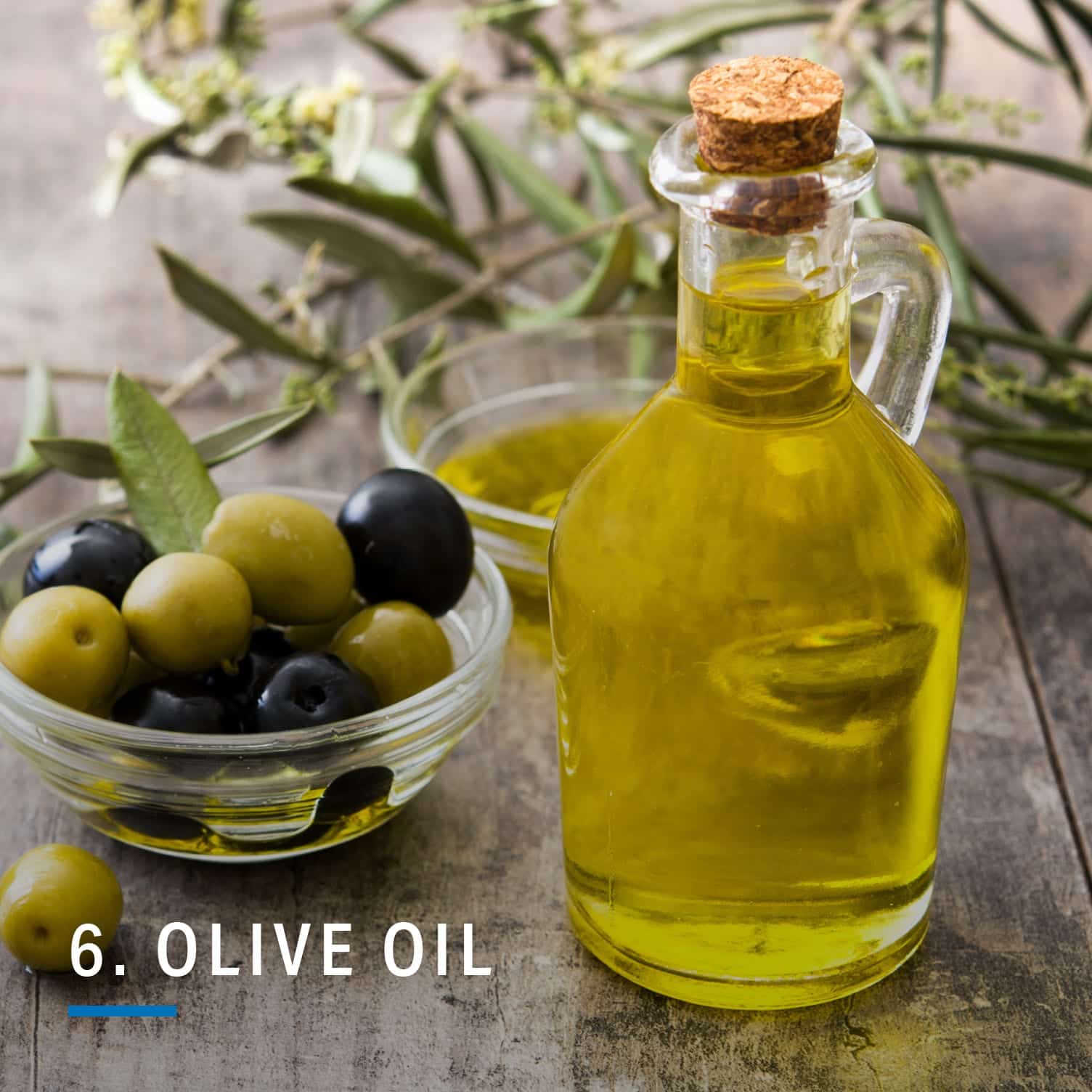Choosing high-quality whole foods is a key component of successful weight loss and overall health. But portion sizes — how much you’re eating — are equally important and can be easy to get wrong. In fact, we often overdo it on foods that sound healthful (i.e., acai bowls) without considering the full nutrient profile — added sugars, sodium and more. This is known as the health halo effect.
Fortunately, once you understand the actual portion size of your foods, you can make better eating choices, log your intake more carefully and ideally get closer to reaching your goals.
Here, expert dietitians share some of the most common portion size mistakes and tips for how to be more mindful:

Portion-size mistake: 1/2 of an avocado (or, for many, the whole thing)
Reality check: 1/3–1/5 of a medium-sized avocado
Why getting it right matters: People are adding avocado to everything these days from brownies to toast. But as healthy as these fruits are, especially when it comes to monounsaturated fats, the calories can add up quickly — 234 calories in one medium avocado, says Keri Gans, RD author of “The Small Change Diet.” For some people, these extra calories won’t make a difference, but for others, it could mean weight gain, she says.
The fix: Slice an avocado into quarters and eat one, Gans advises.

Portion-size mistake: The 20-ounce (or more) serving at smoothie shops
Reality check: About half that: 10–12 ounces or the size of one-and-a-half standard coffee mugs
Why getting it right matters: Smoothies can be jam-packed with great nutrients but also lots of calories and sugar, notes Marjorie Nolan Cohn, RD, owner of MNC Nutrition in Philadelphia, Pennsylvania.
The fix: To get the most out of yours, consider splitting it with a friend. Or, better yet, make your own so you can control how much you consume as well as the ingredients. Filling a smoothie with vegetables and sources of protein such as nut butter helps it become a more well-rounded meal or snack.

Portion-size mistake: Enough to fill your cereal bowl
Reality check: 1/4–1/3 a cup or 1–2 shot glasses (about what you can fit in your palm)
Why getting it right matters: Granola tends to be high in calories and fat and many store-bought varieties have added sugars, yielding around 400–500 calories per cup, plus more than 20 grams of sugar, says Cohn.
The fix: Make your own granola with natural sweeteners from fruit and use it as a topping for yogurt or veggie-packed smoothies.

Portion-size mistake: 1–2 cups or 2–4 scoops
Reality check: 1/2 cup or about 1 scoop
Why getting it right matters: “Not all frozen yogurts are healthier than their ice cream counterpart,” says Cohn. “In fact, some frozen yogurts have even more calories than a scoop of traditional plain ice cream.” By overestimating serving sizes, you’re adding more saturated fats to your diet, says Dana Hunnes, RD, PhD, senior dietitian at Ronald Reagan-UCLA Medical Center in Los Angeles, California.
The fix: Try making healthier versions such as this banana berry “nice” cream or these frozen treats and indulge in the real deal as part of a well-balanced diet.

Portion-size mistake: A whole bagel from a bagel shop or cafe with 4–5 tablespoons of cream cheese
Reality check: The size of an English muffin or Lender’s bagel (e.g., 2 ounces instead of 4) and 1.5–2 tablespoons of cream cheese
Why getting it right matters: Hunnes notes that diabetes and pre-diabetes — conditions where your body doesn’t properly process food into energy — are, in part, brought about by excess added sugars, which bagels tend to be high in. Plus, overdoing the cream cheese means you’re getting extra calories and saturated fat.
The fix: Go easy on the cream cheese and consider smaller bagels or half of a bagel-shop bagel. It’s also a good idea to opt for healthier toppings such as protein-rich hummus, says Hunnes.

Portion-size mistake: A quick drizzle over your salad or into the frying pan, which can easily reach up to 3 tablespoons, says Gans.
Reality check: 1 tablespoon, about the size of a poker chip
Why getting it right matters: You get kudos for choosing olive oil, which is rich in healthy fats (which help your body absorb vitamins A, D, E and K and promote cell growth). But olive oil has 120 calories per tablespoon and those extra calories can add up quickly, notes Gans.
The fix: Whip out your measuring spoons to keep things in check or get an oil mister.

Portion-size mistake: A bowlful — or an entree at the restaurant
Reality check: 1 cup of cooked pasta, about the size of a baseball.
Why getting it right matters: Many people avoid pasta because they think it’s very high in calories and carbs, but if you stick with the proper serving size, it can definitely be part of a well-balanced diet, says Gans.
The fix: Opt for a healthier, homemade version such as pasta loaded with lots of veggies and lean protein like grilled shrimp. Measure your portions out beforehand and store the rest away for tasty leftovers.
Unlock an experience that’s like having a dietitian, trainer and coach at your fingertips. Sign up for Premium for expert guidance and tools to help you reach your personal health goals.




